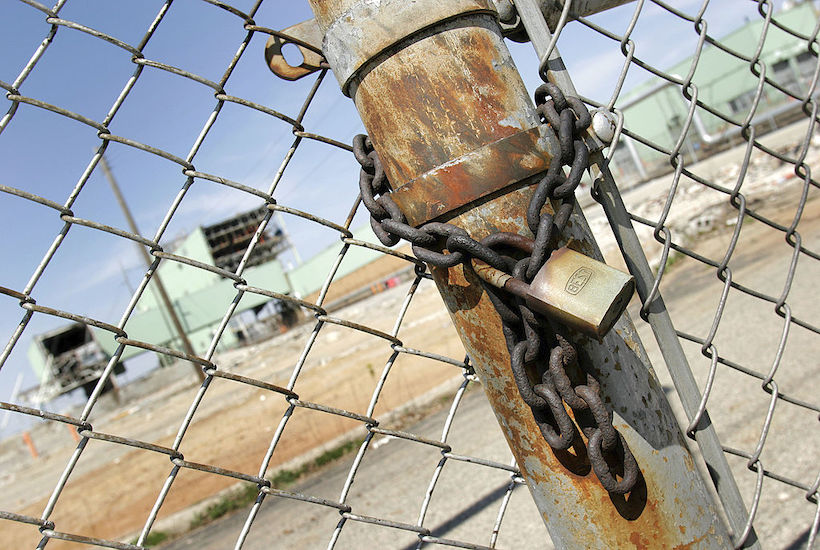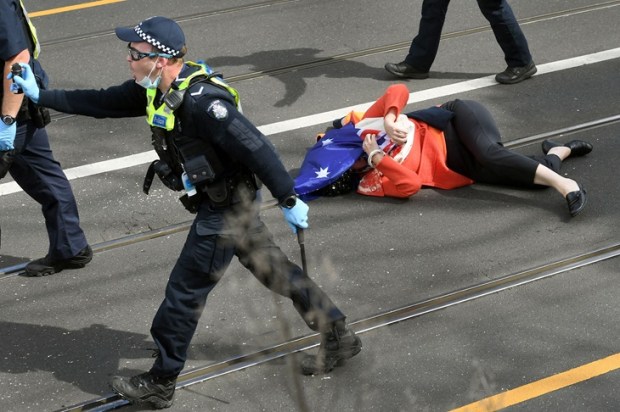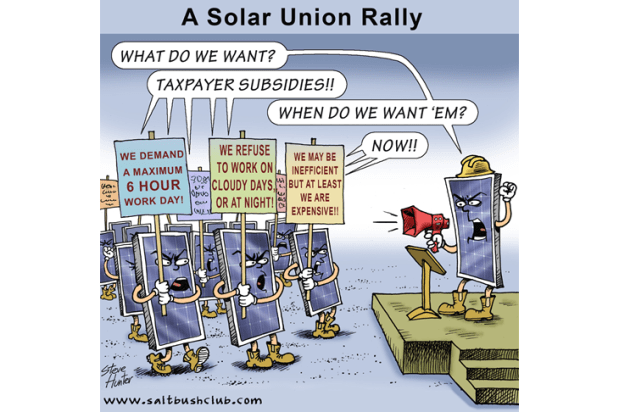Business and investors are up in arms about the Liberal South Australian government’s land tax reforms. Scott Salisbury, Managing Director of Salisbury Homes, this week has become just the latest to warn that the changes not only risk handing over government back to the Labor Party with a large war chest, but that they alienating the SA Liberals’ voter base.
Already a subscriber? Log in
Subscribe for just $2 a week
Try a month of The Spectator Australia absolutely free and without commitment. Not only that but – if you choose to continue – you’ll pay just $2 a week for your first year.
- Unlimited access to spectator.com.au and app
- The weekly edition on the Spectator Australia app
- Spectator podcasts and newsletters
- Full access to spectator.co.uk
Or


























Comments
Don't miss out
Join the conversation with other Spectator Australia readers. Subscribe to leave a comment.
SUBSCRIBEAlready a subscriber? Log in